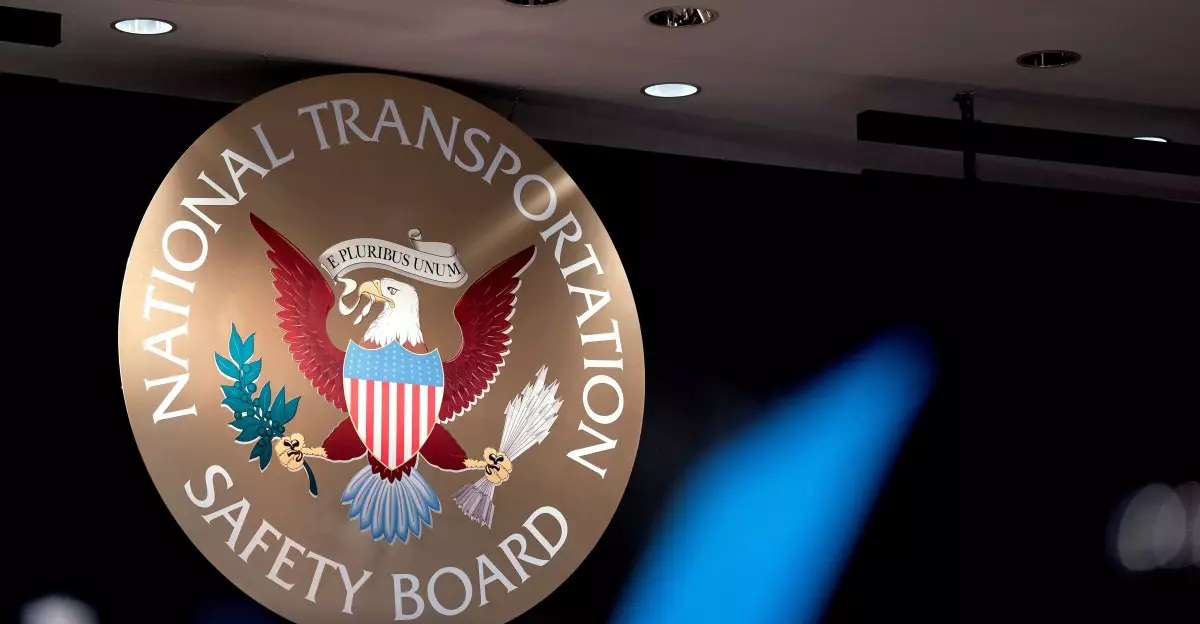The National Transportation Safety Board (NTSB) has initiated a significant shift in its communication strategy, aiming to streamline the process of sharing information regarding aviation accidents. By adopting a singular channel for pressing updates—specifically, via its Twitter account @NTSB_Newsroom—the agency seeks to “better manage” its influx of emails related to incidents such as plane crashes in major cities like Washington, DC, and Philadelphia. This pivot towards using a social media platform reflects a broader trend amongst governmental organizations in the digital age, highlighting both the benefits and potential pitfalls of relying predominantly on social media for official communications.
While the NTSB touts this change as a means to handle high volumes of inquiries from the media, it raises questions about transparency and accessibility. The agency has suggested that reporters should use traditional email for all other inquiries, yet the decision to divert accident-related updates to a social media platform could limit engagement from select media outlets. There is an underlying concern that this transition may inadvertently prioritize real-time updates over nuanced, detailed communications, which are often more effectively communicated through traditional channels. Ultimately, there is a risk that significant news may be lost in the fast-paced social media landscape, where context can be overshadowed by brevity.
This communication strategy from the NTSB coincides with controversial media relations reforms within the U.S. Department of Defense (DoD). As reported, the DoD has chosen to impose a media rotation program that has resulted in a notable exclusion of major news networks, including NBC News and The New York Times, from their dedicated workstations. Instead, the Department is integrating more conservative outlets, such as One America News Network and New York Post, sparking scrutiny over biases and the implications of narrowing the scope of information shared with the public. Combining these two cases illustrates a troubling trend where governmental bodies prefer to curate narratives through select channels rather than engage openly with a comprehensive array of news sources.
Both the NTSB’s decision and the DoD’s media rotations could have profound implications for press freedom and public trust in government communications. The unilateral reliance on a single social media platform for sharing vital information, akin to the NTSB’s case, raises alarms about potential censorship, obfuscation, or selective reporting. As the trend towards utilizing social media intensifies, it becomes increasingly essential for the public and media alike to critically evaluate the information disseminated through these channels.
While the NTSB and DoD aim to adapt to contemporary modes of communication, it is essential for these agencies to prioritize transparency, inclusivity, and diversity in their outreach strategies. The ability of the media to engage comprehensively with government entities will influence not only public perception but also the overall accountability of these institutions.

